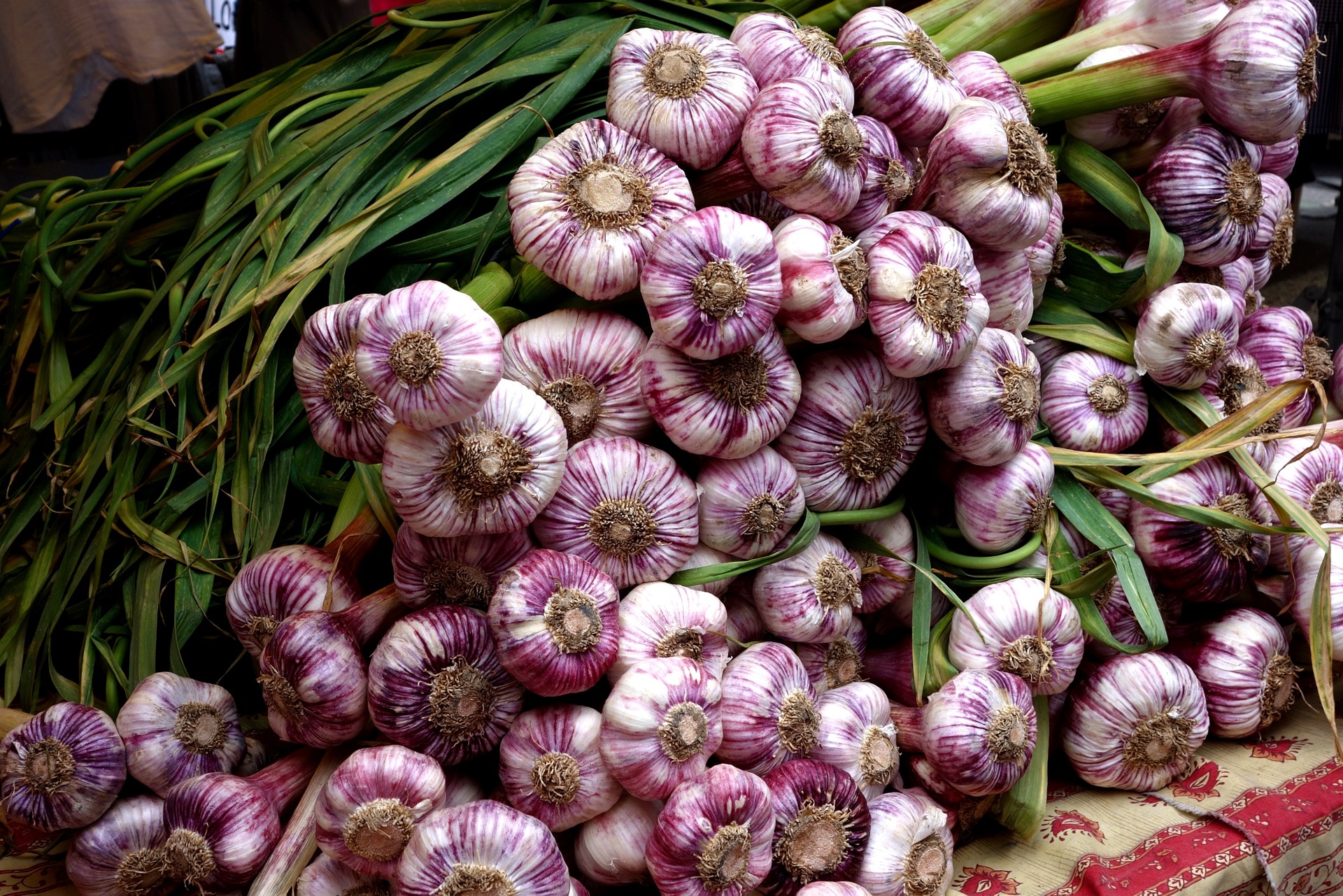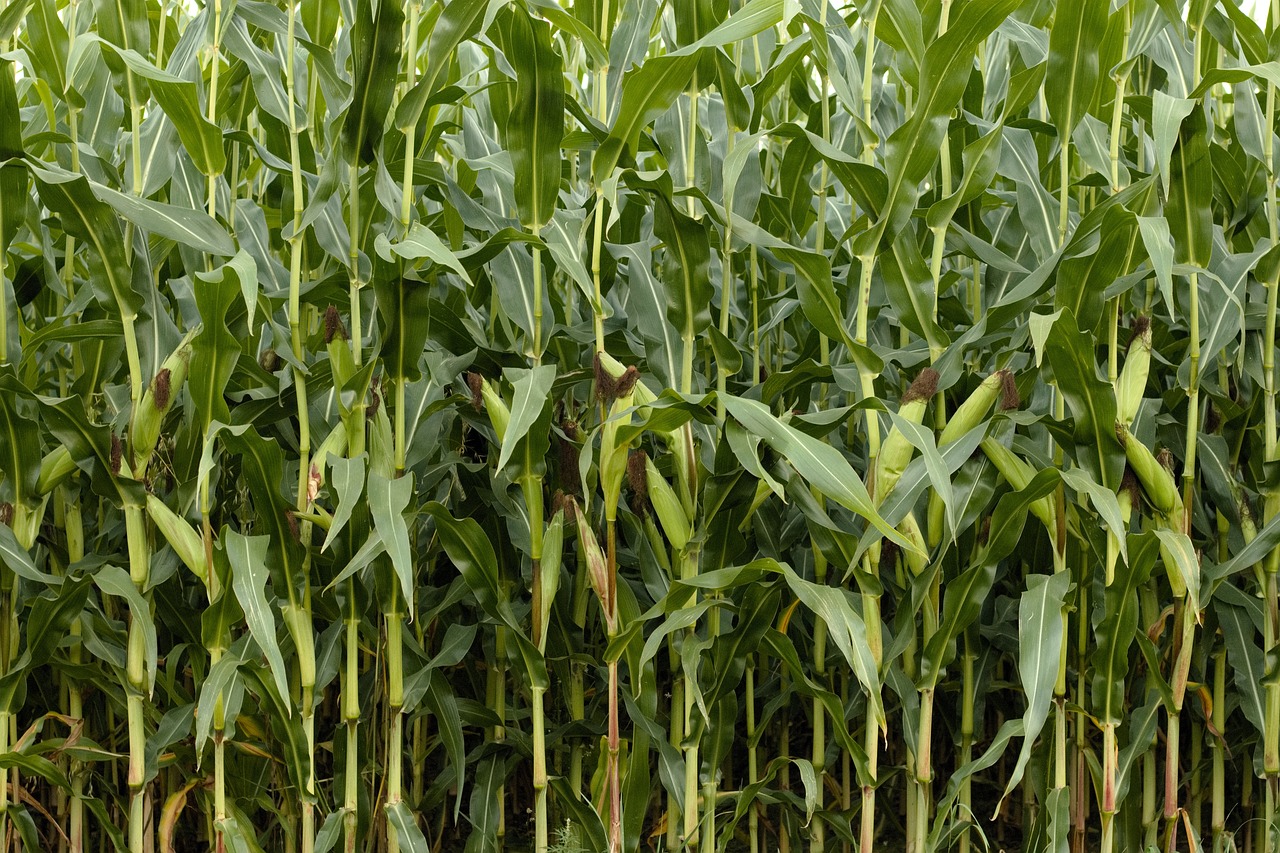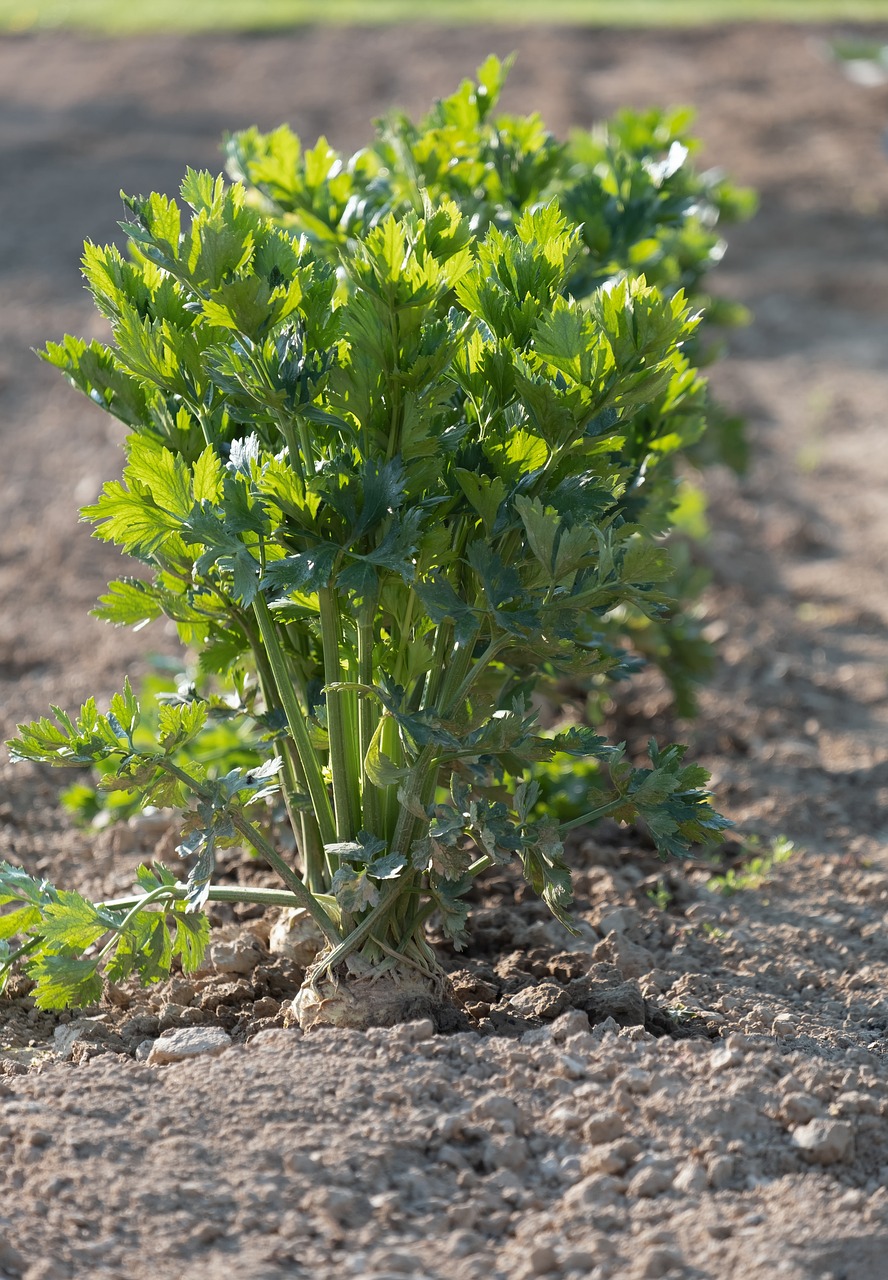Whether consumed raw, roasted, boiled or juiced, beet root imparts an earthy flavor and sweetness to foods where it is added, while providing a bountiful of antioxidants, vitamins and minerals, therefore making it a valuable addition to a home garden.
Here’s a comprehensive guide on how to Grow and Care for Beet root plants:

Description
Beet root (Beta vulgaris), also known as beet, dinner beet is a biennial root vegetable commonly grown as an annual plant for its flavorful taproot and leaves called beet greens. It belongs to the family Amaranthaceae and is native to Europe and the Mediterranean.
The commonly known variety of beet root is the red-colored variety which has a deep red color due to the presence of betanins. Other varieties exist in shades of gold, white and others are stripped.
Beet root can be consumed in various forms, including raw, cooked or juiced. It can be grated and added to salads, roasted as a side dish, boiled and mashed, or even pickled. It is rich in essential nutrients such as vitamins (like vitamin C, vitamin B6, and folate), minerals (including potassium, magnesium, and iron), and dietary fiber.
| Botanical name: Beta vulgaris | Propagation: Seeds |
| Common name: Beet root, beet, dinner beet | Temperature: 60°F to 75°F |
| Family: Amaranthaceae | Soil type: Loam, Sandy loam |
| Plant type: Biennial, annual | Soil pH: 6.0-7.0 |
| Hardiness zones: USDA zones 2-11 | Light: Full sun, part shade |
| Mature size: 1-2ft. tall, 1-2 ft. wide | Spacing: 2-3in. |
| Root color: Red, gold, white, stripped | Pollination: Wind, insects |
| Time to harvest: 55-70 days | Toxicity: Non toxic |
| Native area: Europe, Mediterranean |
Varieties of Beet root
Red Beetroot: This is the commonest variety of beetroot, known for its deep red color both inside and out. It has a sweet and earthy flavor and is widely used in various culinary applications.
Golden Beetroot: Also known as yellow beetroot, this variety has vibrant golden-yellow flesh and a sweeter, milder flavor compared to red beetroot. It is often favored for its mild taste and attractive color in salads and other dishes.
Chioggia Beetroot: Named after the town of Chioggia in Italy, this variety has distinctive pink and white rings when sliced. It has a slightly sweeter flavor compared to red beetroot and is visually appealing when added to salads and other dishes.
White Beetroot: White beetroot has creamy white flesh and a milder flavor compared to red beetroot. It is less common but still prized for its unique color and taste in culinary applications.
Striped Beetroot: This variety of beet root has distinctive stripes of red and white when sliced. It offers a visually stunning appearance and a mild, sweet flavor.
Temperature requirements
The ideal temperature for beetroot growth ranges between 60°F to 75°F (15°C to 24°C). However, they can tolerate temperatures as low as 40°F (4°C) and as high as 80°F (27°C) without significant adverse effects.
Take note that beetroot plants are sensitive to temperature fluctuations, especially as they near maturity. Exposure to temperatures consistently above 75°F (24°C) can trigger bolting, where the plant grows a flower stalk prematurely. To prevent bolting and prolong the harvest period, keep the plants cool by providing shade during hot weather conditions.
Soil requirements
Beetroot grows best in well-draining soil that allows excess water to drain away quickly. Waterlogged soil can lead to root rot and other diseases. Rich sandy loam or loamy soil with pH between 6.0-7.0 is ideal for beetroot cultivation. Test your soil to determine its pH levels so that you can determine if you should correct its pH. Add some lime to the soil if it is overly acidic to neutralize the soil pH.
Light/Sun requirements
Beet root grows well in an area that receives full sunlight (at least 6-8 hours per day), but you can grow beet root under partial shade in case your region experiences intense summer heat.
When to Plant Beet root
Plant beet root sees directly into the garden as soon as the soil can be worked, this is usually around 2-4 weeks before the last expected frost date in your area.
In regions with warmer climatic conditions, beet root can be planted at any time of the year. Provide some shade in case of intense heat.
Consider planting beetroot in successive plantings, every 2-3 weeks thought the growing season for a continuous harvest of fresh beet root over several weeks.
Planting Beetroot
Beetroot can be grown from seeds or seedlings. If planting from seeds, sow them directly into the garden in early spring after the last frost date. Plant the seeds about 1 inch deep and 2-3 inches apart in rows spaced about 12-18 inches apart. Keep the soil consistently moist until the seeds germinate, which usually takes around 7-14 days.
Care for Beet root plants
Watering: Beetroot plants require regular watering to keep the soil consistently moist but not waterlogged. Ensure that the soil doesn’t dry out completely, especially during hot weather, as this can cause the roots to become tough and fibrous.
Fertilization: Beets are not heavy feeders, but they will benefit if you apply a balanced fertilizer application during the growing season. You can also instead use organic manure in form of rotten animal manure or aged compost to provide additional nutrients to the plants.
Thinning: Once the beet seedlings have developed their first true leaves, thin them to ensure proper spacing. Thin the seedlings to about 3-4 inches apart to allow enough room for the roots to develop.
Weeding: Keep the beet bed free from weeds, as they can compete with the plants for nutrients and water. Regularly remove any weeds by hand or mulch the soil to suppress weed growth.
Mulching: Apply a 2-4-in. layer of mulch on the plant bed to retain moisture in the soil and slow down weed growth.
How to Harvest Beet root
Beetroots are ready for harvest at around 55 to 70 days after planting from seed . This is when they have reached the desired size, typically around 1.5 to 3 inches in diameter, depending on the variety. Gently pull the beets out of the soil, taking care not to damage the roots or stems. You can harvest the greens as well, which are edible and nutritious.

Storing beet root
Wash or brush off excess soil from beet roots and allow them to dry thoroughly before storing.
Store beet roots in a refrigerator in the crisper drawer at 00C.
Pests and Diseases
Beetroot is relatively pest and disease-resistant, but you may encounter problems such as aphids, leaf miners, or fungal diseases. Monitor your plants regularly and take appropriate action if you notice any signs of pests or diseases. Insecticidal soap can help control aphids, while applying fungicides helps to treat fungal diseases.




